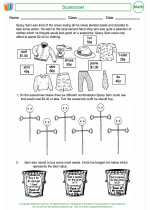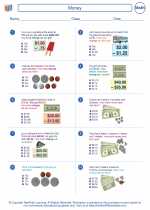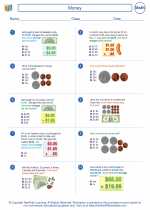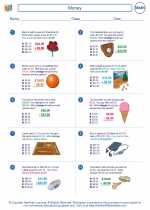What is a Polygon?
A polygon is a two-dimensional shape that is made up of straight lines and has a closed figure. The lines that make up a polygon are called sides, and the points where the sides meet are called vertices. Polygons can have different numbers of sides and vertices, and they can also have different shapes and sizes.
Types of Polygons
There are several different types of polygons, including:
- Triangle: A polygon with three sides and three vertices.
- Quadrilateral: A polygon with four sides and four vertices.
- Pentagon: A polygon with five sides and five vertices.
- Hexagon: A polygon with six sides and six vertices.
- Heptagon: A polygon with seven sides and seven vertices.
- Octagon: A polygon with eight sides and eight vertices.
- Nonagon: A polygon with nine sides and nine vertices.
- Decagon: A polygon with ten sides and ten vertices.
Properties of Polygons
There are several important properties of polygons to keep in mind:
- Interior angles: The sum of the interior angles of a polygon with n sides is given by the formula (n-2) * 180 degrees. For example, a quadrilateral has 4 sides, so the sum of its interior angles is (4-2) * 180 = 360 degrees.
- Exterior angles: The sum of the exterior angles of any polygon, regardless of the number of sides, is always 360 degrees.
- Regular polygons: A polygon is considered "regular" if all of its sides are the same length and all of its angles are the same measure.
Study Guide
Here are some key points to remember when studying polygons:
- Identify the number of sides and vertices in different types of polygons.
- Understand the formulas for finding the sum of interior and exterior angles in polygons.
- Be able to recognize and classify regular and irregular polygons.
- Practice calculating the measures of angles in different types of polygons.
- Work on identifying and drawing different types of polygons.
By understanding the properties and characteristics of polygons, you'll be well-prepared to work with them in various math problems and applications.
[Polygon] Related Worksheets and Study Guides:
.◂Math Worksheets and Study Guides Fourth Grade. Money
Study Guide Money
Money  Activity Lesson
Activity Lesson How Much Change?
How Much Change?  Activity Lesson
Activity Lesson Garage Sale
Garage Sale  Activity Lesson
Activity Lesson Scarecrow!
Scarecrow!  Worksheet/Answer key
Worksheet/Answer key Money
Money  Worksheet/Answer key
Worksheet/Answer key Money
Money  Worksheet/Answer key
Worksheet/Answer key Money
Money  Worksheet/Answer key
Worksheet/Answer key Money
Money  Worksheet/Answer key
Worksheet/Answer key Money
Money  Worksheet/Answer key
Worksheet/Answer key Money
Money  Worksheet/Answer key
Worksheet/Answer key Money
Money 

 Activity Lesson
Activity Lesson
 Activity Lesson
Activity Lesson
 Activity Lesson
Activity Lesson
 Worksheet/Answer key
Worksheet/Answer key
 Worksheet/Answer key
Worksheet/Answer key
 Worksheet/Answer key
Worksheet/Answer key
 Worksheet/Answer key
Worksheet/Answer key
 Worksheet/Answer key
Worksheet/Answer key
 Worksheet/Answer key
Worksheet/Answer key
 Worksheet/Answer key
Worksheet/Answer key

Create And Print more Money worksheets with Money Skills Worksheets generator
The resources above cover the following skills:
Algebra (NCTM)
Use mathematical models to represent and understand quantitative relationships.
Model problem situations with objects and use representations such as graphs, tables, and equations to draw conclusions.